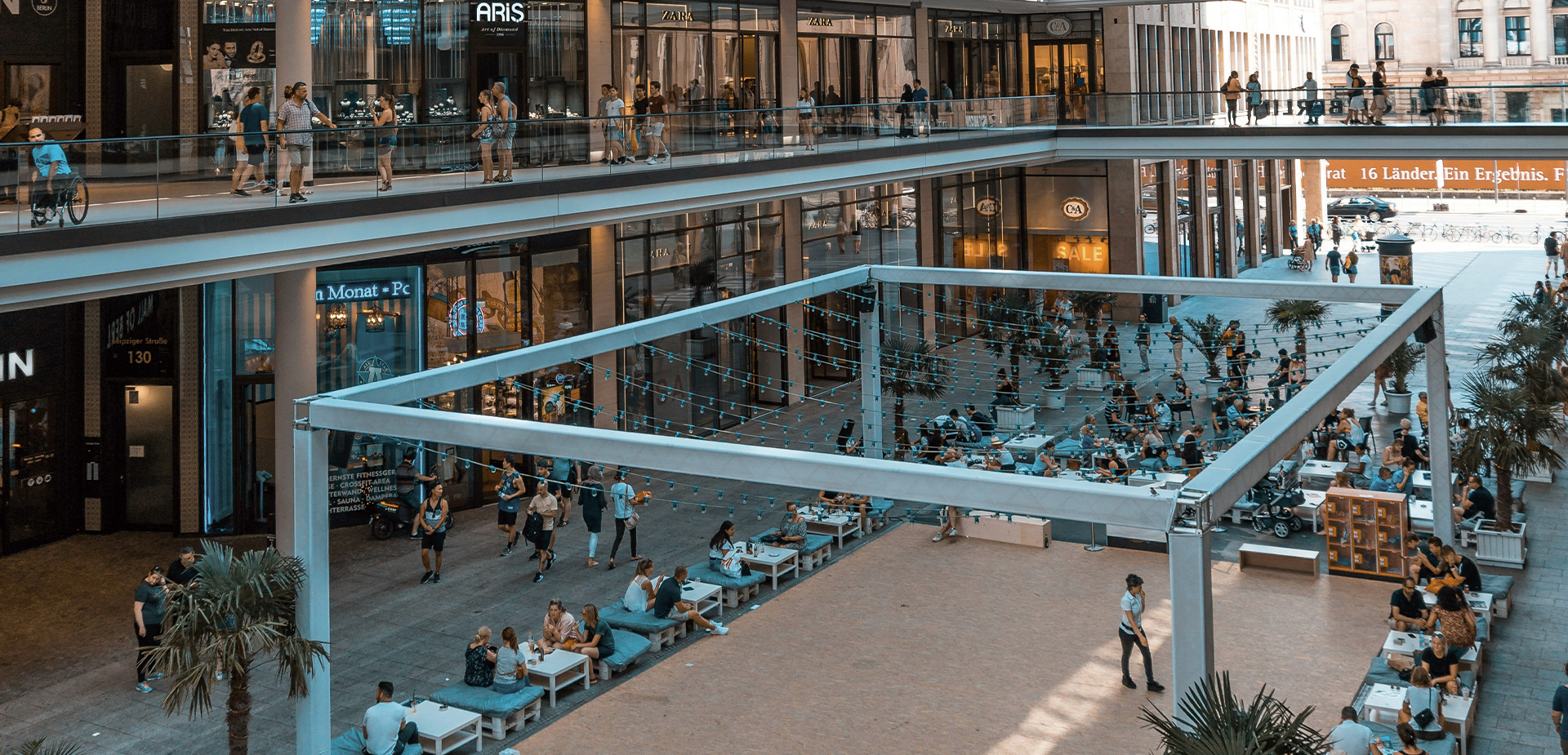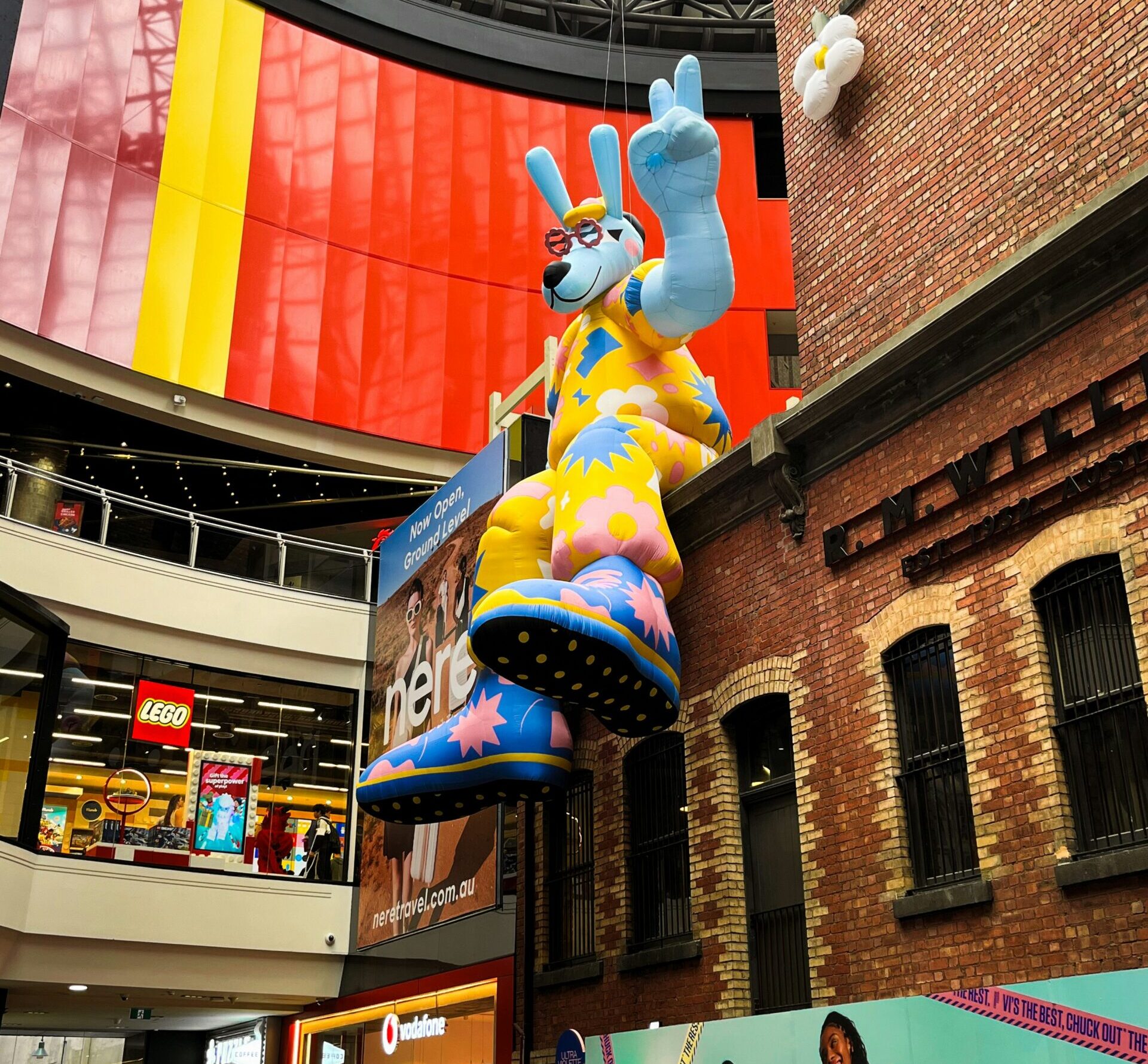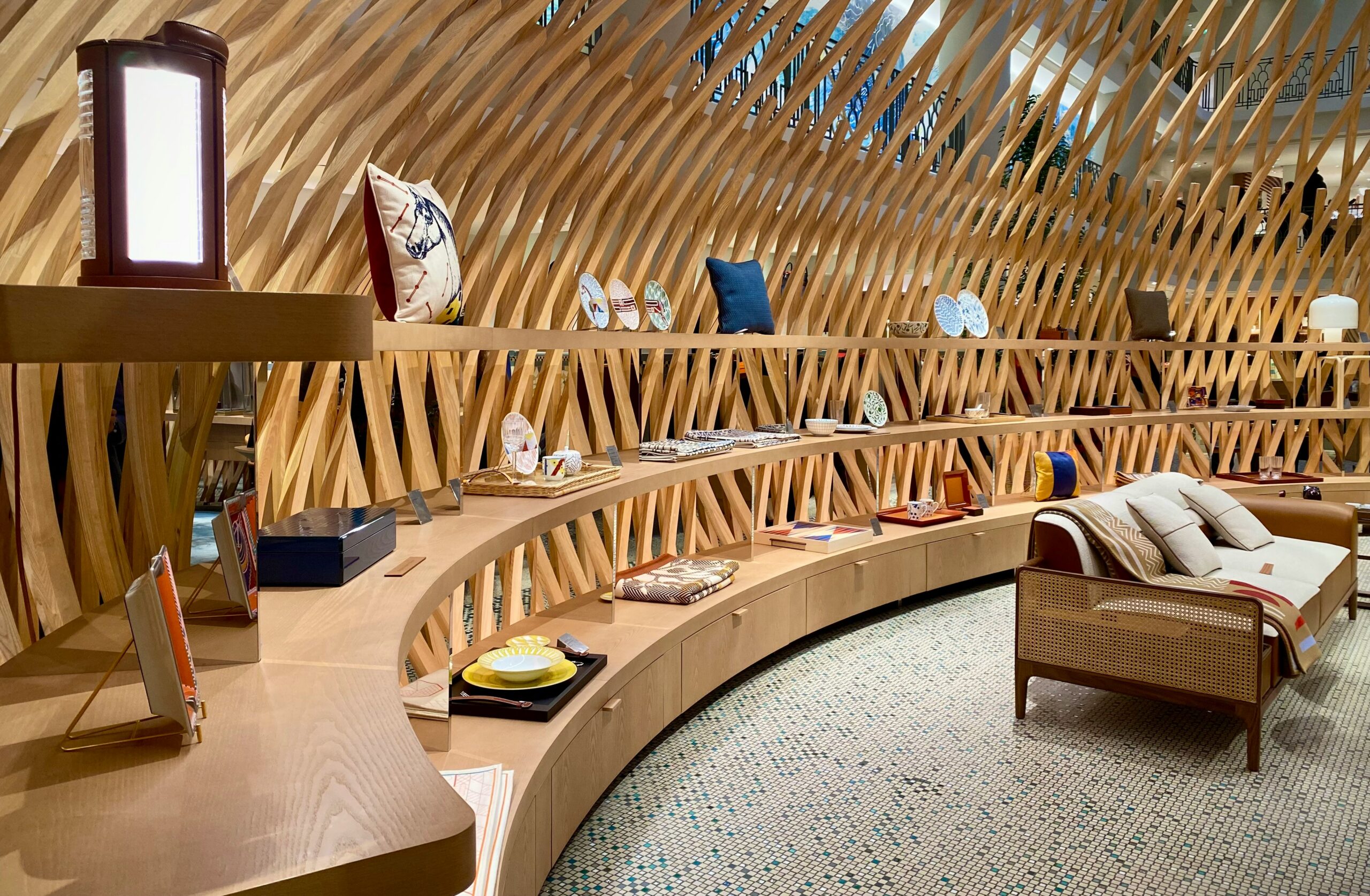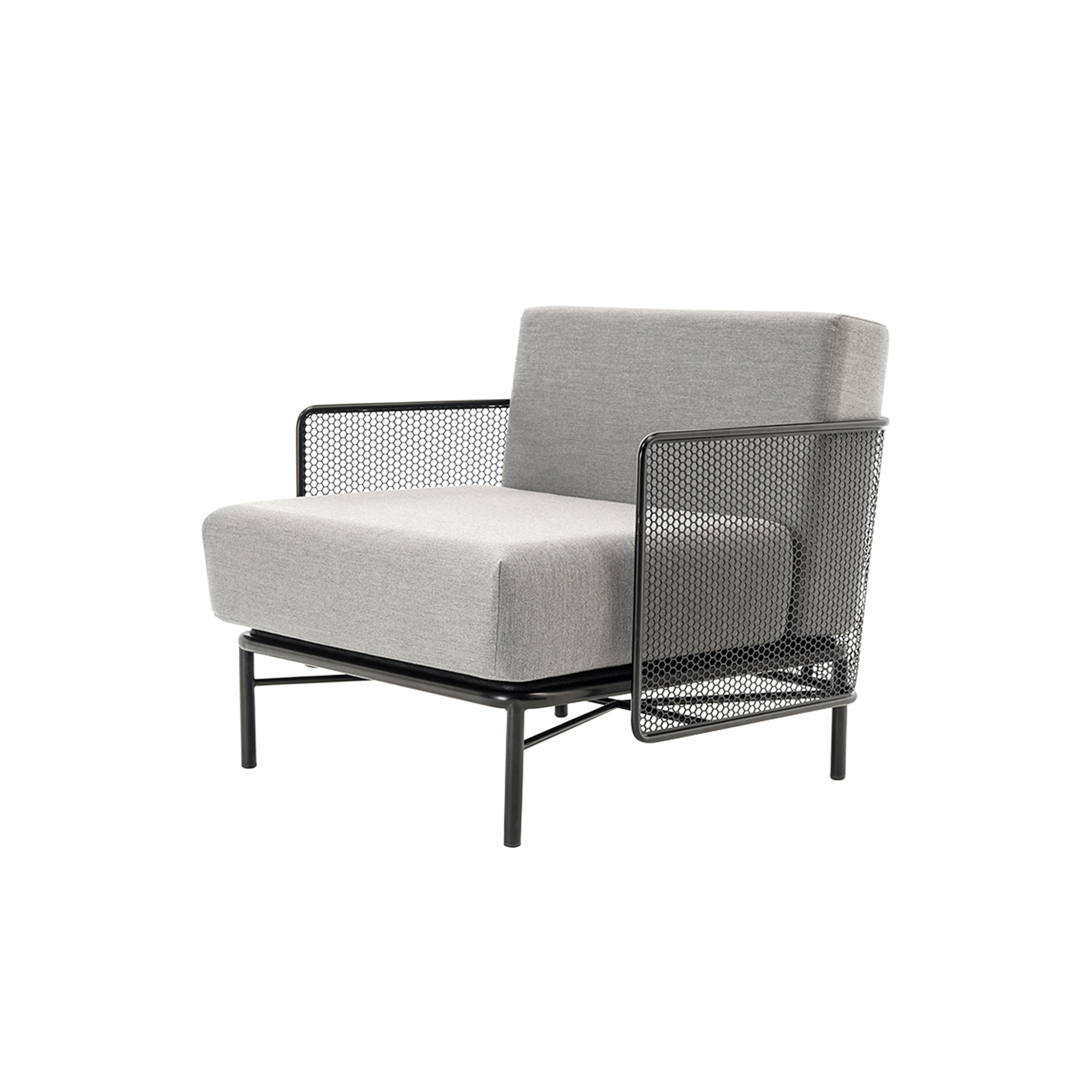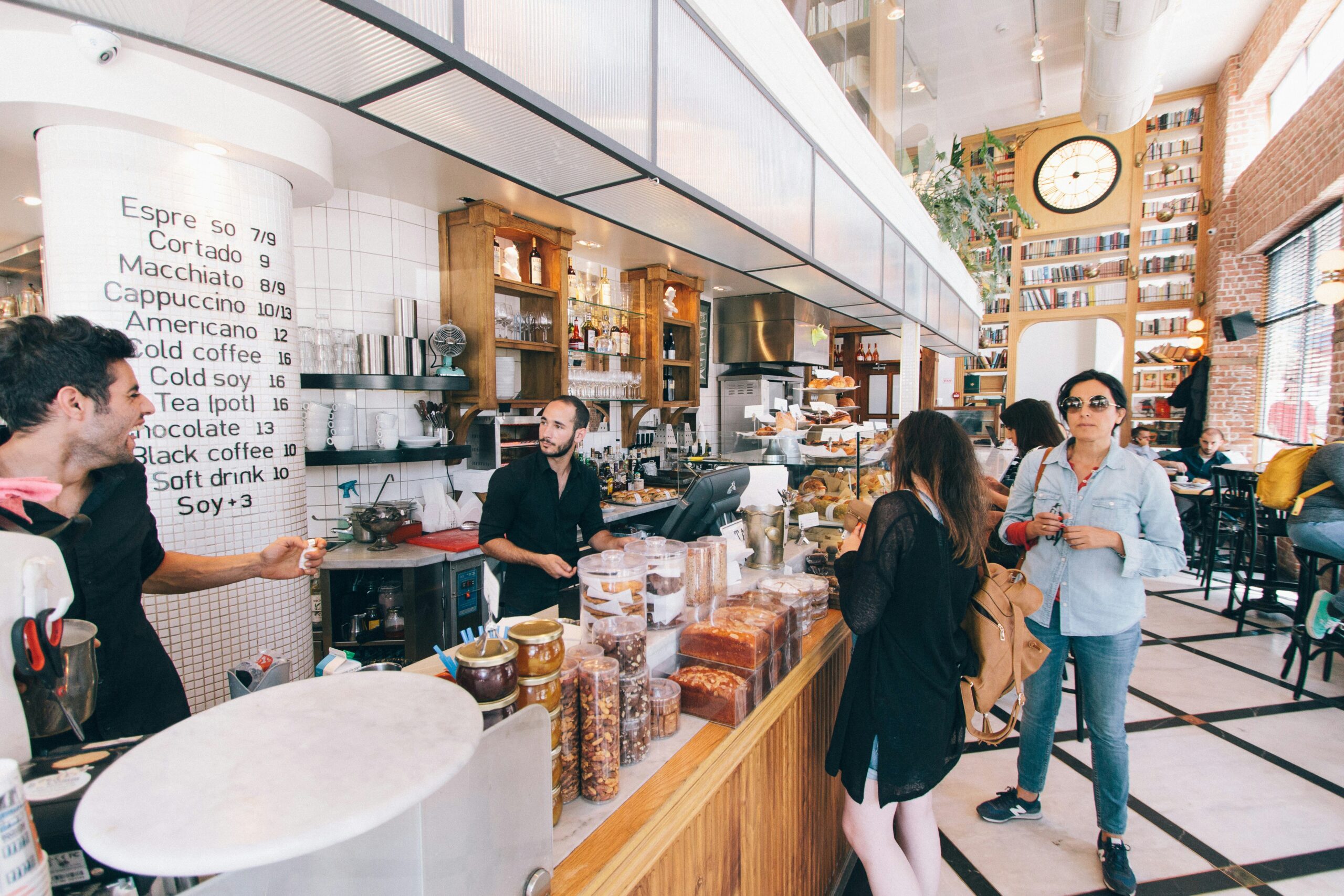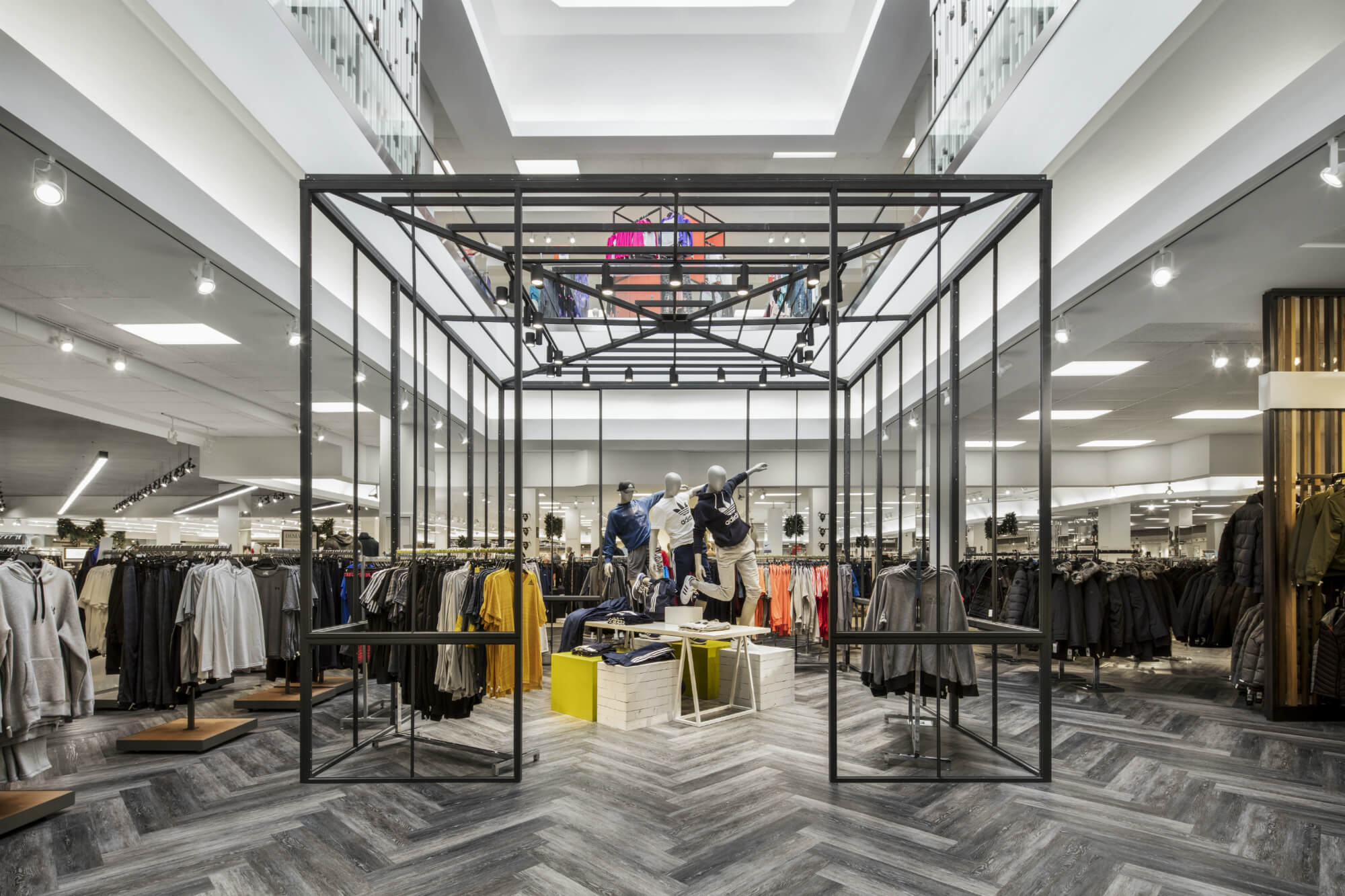-
The elements of hospitality design that influence consumer retail experiences:
In fast-moving retail, it’s essential to create memorable experiences for the consumer. One method is integrating hospitality-like design principles in retail spaces. This warm, inviting, and guest-centered hospitality philosophy helps retailers elevate the shopping experience and raise customers’ comfort and connectedness.
Hospitality design makes people feel important, cared for, and at ease. It is a mindset that goes beyond mere aesthetics of the physical environment, from layout to flow and ambiance to service delivery.
Today’s consumers expect more than just a transaction. They desire an experience that aligns with their values and meets their emotional needs. Hospitality design within retail spaces has evoked a sense of belonging, where the customer is welcomed and appreciated. This leads to brand loyalty, repeat visits, and long-term success.
-
-
-
The role of retail furniture in elevating the consumer experience:
In-store furniture forms an essential atmosphere and functionality. Done thoughtfully, with hospitality principles in mind, it can elevate consumer experiences to new dimensions. Here are the key considerations:Comfort and Relaxation: Plush seating areas, cozy corners, and inviting lounges give consumers every reason to stick around, browse, and engage with the products or services on display. Comfortable furniture enriches the atmosphere and enables a much more leisurely and pleasant shopping journey.
Versatility and Flexibility: With modular and adaptive furniture solutions, retailers can easily change their spaces to accommodate every customer’s style and varied needs and preferences. The possibility of creating spaces for retailers to change into other experiences seamlessly, thus keeping freshness and engagement in their spaces, is made possible.
Aesthetic Appeal: Good furniture will add interest and refinement to a retail space by marrying its form and functionality. By integrating hospitality design elements, including warm textures, rich materials, and inviting color palettes, a retailer can create an atmosphere that not only exudes elegance and sophistication but elevates the shopping experience.
-
Sustainable hospitality design practices in retail spaces
Making sustainable design practices part of hospitality-inspired retail spaces is essential since consumers are slowly becoming conscious of their environmental impact. Besides assisting retailers in reducing their carbon footprint, eco-friendly principles allow them to appeal to the rising demographic of environmentally sensitive customers. Some of the considerations that have to do with sustainable design include:
Materials Repurposed and Recycled: Using repurposed or recycled materials in construction and retail furnishings not only reduces the waste generated in a shop environment but also brings out the environment’s distinguishing and authentic character. This attitude is embedded in sustainability and has the potential to touch the hearts of customers who are sensitive to the environment.
Lighting and Systems / Energy-Efficient: Installing energy-efficient lighting, such as LED bulbs, smart lighting controls, and other associated accessories, can considerably reduce energy consumption. Sustainable HVAC systems can also be added to make the retail space more eco-friendly.
Biophilic Design Elements: Various living walls, indoor gardens, and water features may create a sense of relatedness to nature while improving air quality and general well-being. This biophilic solution would be in harmony with sustainable practices and contribute to a more serene and refreshing environment when visiting shopping malls.
-
-
Curvo
-
Use eco-friendly design principles for retail spaces
Building from the basic principles of sustainable design discussed earlier in the chapter, retailers could push further into eco-friendly practices across all facets of the shopping experience. Here are a few strategies to give any retailer a head start:
Local and Sustainable Sourcing: This approach limits most of the carbon footprint realized through transportation by focusing on materials, furniture, and decoration elements that are locally sourced and produced in a sustainable manner. It also supports communities and businesses on the local level, appealing to the consumer who values ethical and responsible sourcing.
Waste Reduction and Recycling Initiatives: Detailed programs regarding waste reduction and recycling in the retail space will greatly reduce operations’ ecological footprint. Proper and clear recycling stations, composting facilities, and customer encouragement through educational signs and incentives will make all the difference.
Water Conservation Measures: Water-efficient appliances, such as low-flush toilets and low-flow faucets, can significantly reduce the amount of water used with little negative impact on the guest experience. Moreover, implementing systems for rainwater harvesting and greywater recycling can support sustainable water management even more.
-
-
Wellness in hospitality-driven retail design
The need for spaces that reflect a sense of well-being is paramount in today’s chaotic, often stressful world. It must have hospitality design elements where customers can easily relax, rejuvenate, and enable both mental and physical wellness in their being. By doing so, the retailers help the customer unwind further by creating an ambiance of a haven. Here are some strategies worth taking into consideration:
Sensory Experiences: Through these fundamental yet mindful design elements such as music, pleasant aromas, and tactile textures – a person can start appealing to the senses, setting the stage for a multisensory experience geared toward relaxation and well-being. This approach aligns with hospitality design, which shapes every environment to enhance the overall guest experience.
Mindfulness Spaces: Making available spaces or nooks in the retail space conducive to mindfulness and meditation could allow customers to escape the busyness of everyday life. These would be tranquil spots with dim lighting, comfortable seating, and soft ambient sounds so that people feel well-insulated from the shopping experience.
Wellness Amenities: Offer wellness-centered amenities, such as hydration stations, healthy snack bars, or even guided meditation sessions, to improve the holistic well-being experience. These minute details are not only part of a customer care philosophy but also of hospitality design principles that underline guests’ comfort and satisfaction.
-
-
Hospitality-inspired design in retail into the future
The future of retail lies in integrating hospitality-inspired design principles to create engaging customer experiences, incorporating warmth, welcomeness, and sustainable materials. This approach blurs the lines between retail and hospitality, transforming spaces into immersive destinations focused on customer well-being and brand loyalty.

